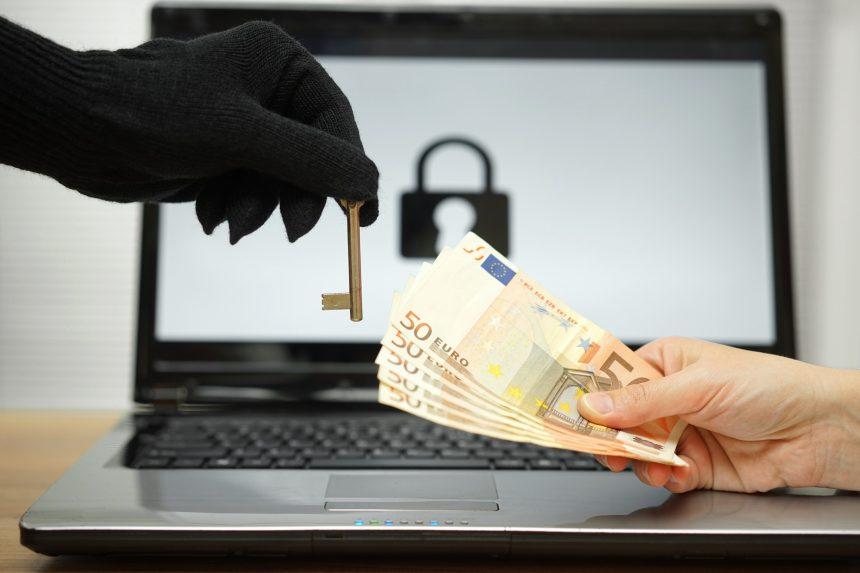In the ever-evolving realm of cyber threats, ransomware remains a formidable adversary, and the Albabat virus is no exception. This malicious software encrypts files, rendering them inaccessible to victims while appending the “.abbt” extension to filenames. Beyond its file encryption tactics, Albabat exhibits additional malevolent behavior, leaving victims with a stark ransom note and a disrupted digital environment.
The Albabat Ransomware Operation
Upon infecting a system, Albabat stealthily encrypts files and alters their filenames by appending the “.abbt” extension. For instance, “1.jpg” becomes “1.jpg.abbt,” and “2.png” transforms into “2.png.abbt.”
Albabat doesn’t stop at file encryption; it manipulates the victim’s desktop by changing the wallpaper. This serves as a visual indicator of the ransomware’s intrusion, creating a sense of urgency for the victim to address the situation.
The ransom note takes the form of an HTML file named “README.html.” In this ominous message, the attackers assert control over the victim’s files, claiming that only they possess the necessary decryption tools. The victim is directed to contact the attackers via email (albabat.help@protonmail.com) after making the payment.
To regain access to their encrypted files, victims are coerced into paying a ransom amounting to 0.0015 BTC (Bitcoin). The payment process is facilitated through a specified Bitcoin wallet address (bc1qxsjjna67tccvf0e35e9z79d4utu3v9pg2rp7rj).
The Consequences and Risks
Ransomware, including Albabat, operates on the principle of financial extortion. Attackers demand payment in cryptocurrency, often Bitcoin, with the promise of providing decryption tools upon receipt of the ransom.
Victims are warned against attempting independent file recovery, as such actions may result in irreversible damage. The ransom note emphasizes the importance of the attackers’ “Albabat.ekey” and cautions against any alterations to this key.
Paying the ransom does not guarantee the receipt of a functional decryption tool. Victims may find themselves scammed, facing both data loss and financial detriment.
Preventing Future Infections and Mitigation
Secure Backup Practices: Regularly back up critical data to external and secure locations. In the event of a ransomware attack, having up-to-date backups minimizes the impact on data integrity.
Security Software Utilization: Employ reputable security software equipped with ransomware detection capabilities. Keep security solutions updated to guard against evolving threats.
Educating Users: Promote awareness about the dangers of engaging with suspicious emails, links, or attachments. Encourage cautious online behavior and scrutinize unexpected communications.
Software and System Updates: Regularly update operating systems and software to patch vulnerabilities that may be exploited by ransomware and other malware.
Avoiding Untrusted Sources: Refrain from downloading files or software from untrusted sources, including torrent websites, P2P networks, and dubious advertisements.
Conclusion: Vigilance Against Ransomware Threats
Albabat stands as a testament to the persistent threat posed by ransomware in the digital landscape. Vigilance, proactive security measures, and user education are crucial elements in fortifying defenses against such malicious attacks. As the cybersecurity landscape evolves, staying informed and implementing preventive practices remain paramount to safeguarding digital assets from the clutches of ransomware adversaries.





